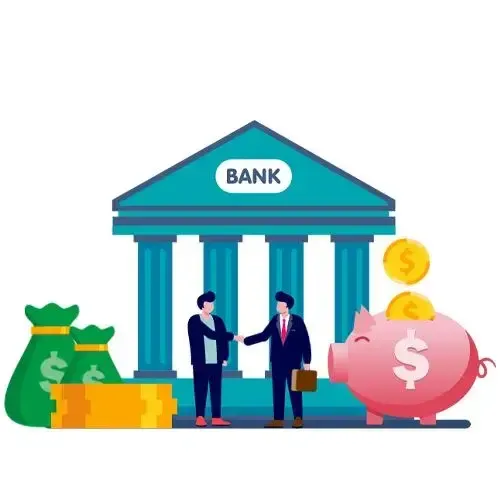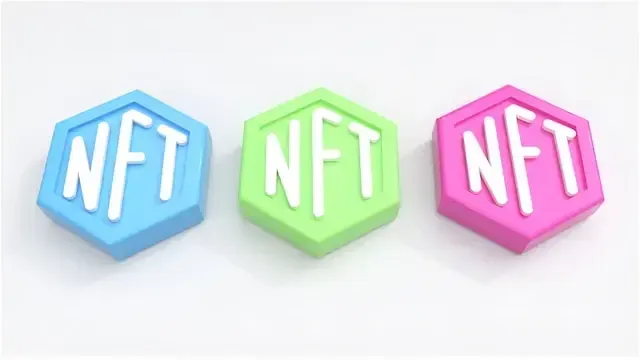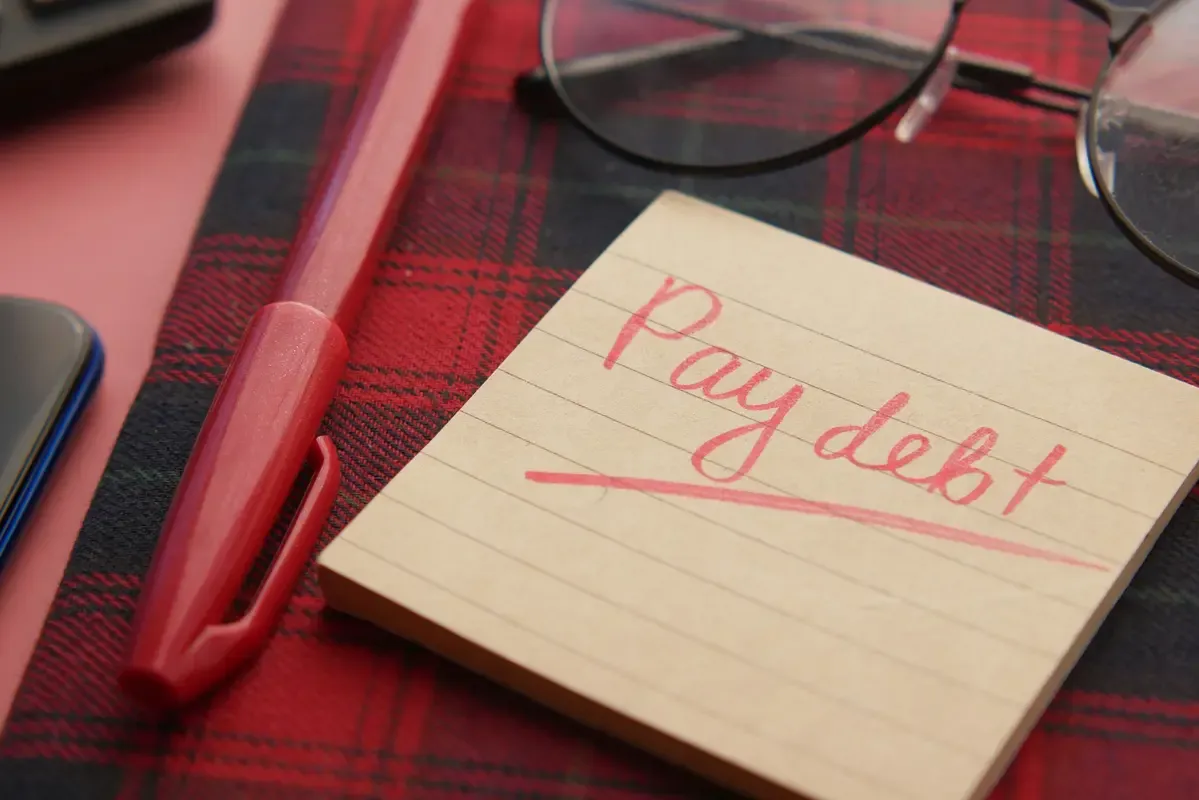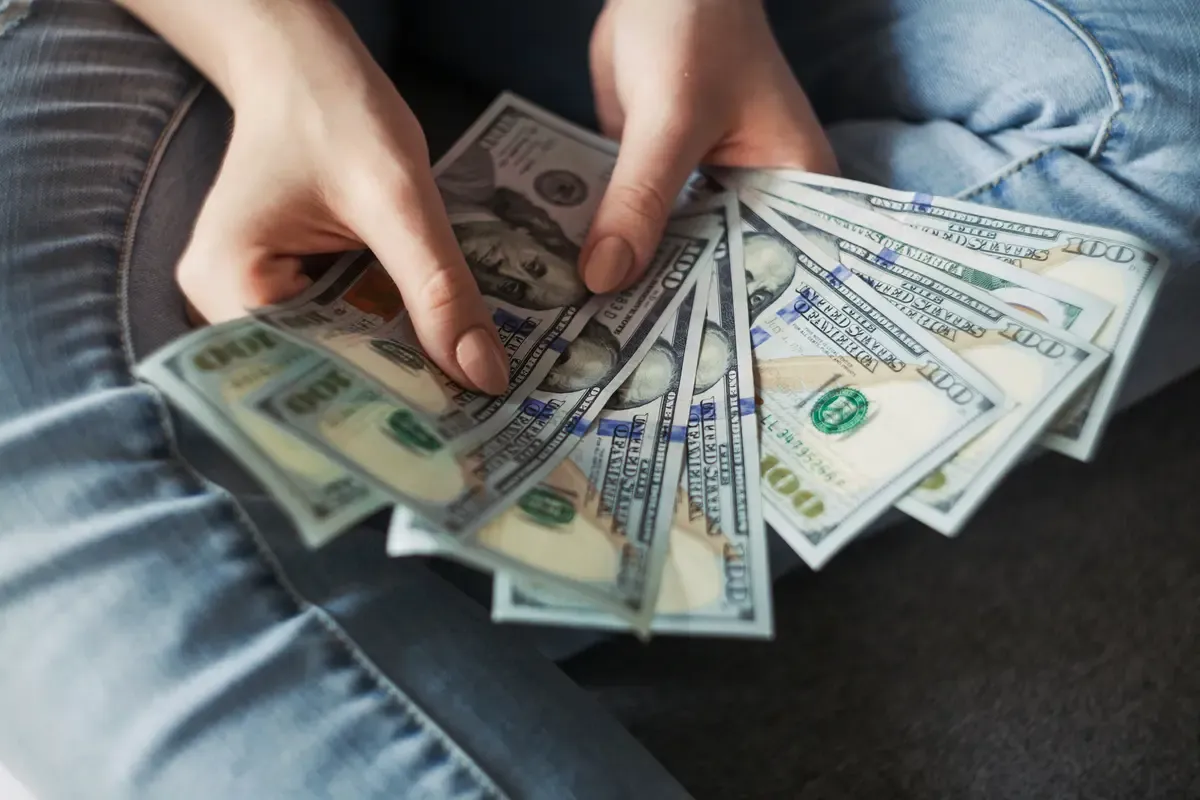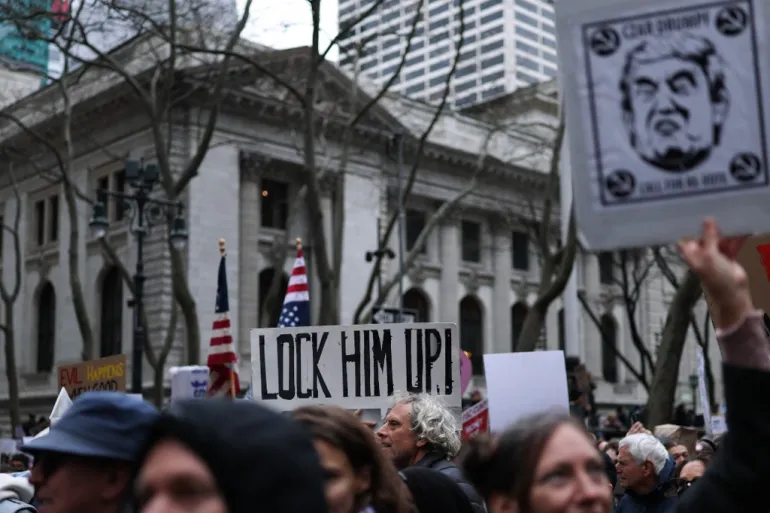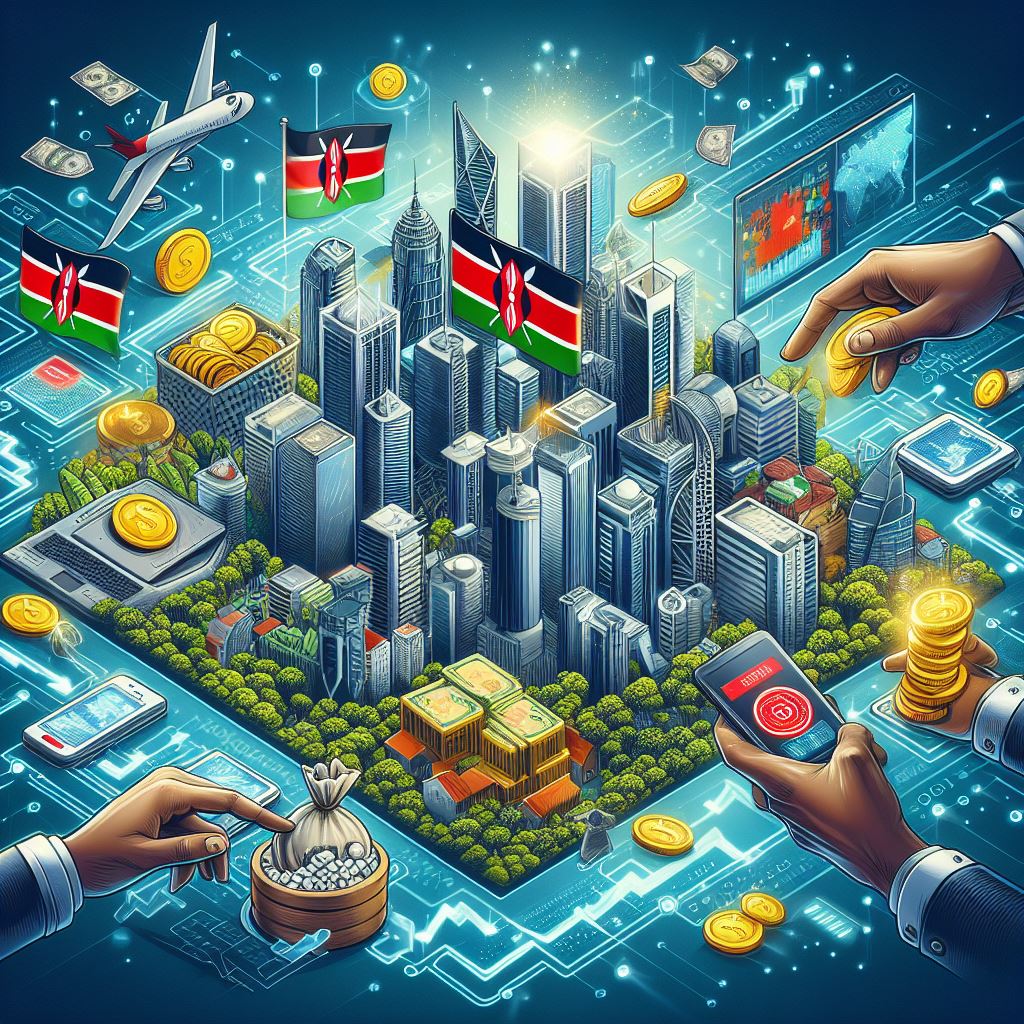An emergency fund can be built in steps, starting from the setting of goals down to tacking day to day expenses and saving effectively, see in detail below how you can do this on a tight budget.
An emergency fund probably is the most important constituent of financial security in these really insecure and chaotic times. It forms a cushion against those shock expenses that always seem to blow in just about at the most inopportune time-things like emergencies related to medial conditions, car repairs, or even loss of employment-that won't require debt or veer you away from your long-term goals regarding finance. The entire amount in the emergency fund could add up to uncomfortably high amounts for a stringent tight budget. As difficult as that may sound, it's achievable. With proper planning, discipline, and smart strategies, you should be in a position to build such an emergency fund that will keep you at ease.
Why Do You Need an Emergency Fund?
An emergency fund will provide that financial cushion when there is some unforeseen expense. Of course, one could budget each month for rent, groceries, utilities, and transportation, but some of those are not expected, such as an appliance breaking or a doctor's bill. Without this cushion, one might find himself mistakenly pulling out a credit card or loans-something which would raise his debt level and put him in a situation of financial stress.
Why an Emergency Fund Is Important:
1. Peace of Mind: When one has an emergency fund, it gets rid of the psychology of stress and anxiety since in the back of his mind, he feels there is a backup which could help him be able to focus today on livelihood and also on long-term goals.
2. Debt Avoidance: The emergency fund keeps you away from exorbitant interest rates on borrowed money for some unforeseen costs.
3. Flexibility in Crisis: Sudden unemployment and other emergencies-the emergency funds give one the financial flexibility for vital expenses till one gets up on his or her feet.
How Much Savings Should Go into the Emergency Fund?
While the ideal size of an emergency fund is three to six months of living expenses, for the tight budget that target can be formidable. Break it down into steps to achieve this:
1.Start Small: Be sure to set an attainable goal to get moving-even $500 or $1,000 is a very good initial safety net toward those small emergencies that always show up, like car repairs or doctor co-pays.
2.Long-term goal: Once you reach that $1,000, work your way up with at least three months' worth of critical needs such as rent/mortgage, food, utilities, and other key needs.
3. Adjust for Your Situation: If you have dependants, a single source of income, or are in a volatile industry, you'll want to try to get closer to six months' worth of expenses.
How to Build an Emergency Fund on a Slim Budget
Analyze Your Budget
It's imperative to understand exactly where one is spending his money in order to build up an emergency fund. He would then correlate his monthly income with his monthly expenses. Further, he will be able to set that spending into categories such as:
•Housing: rent/mortgage, utilities
•Transportation: gas, public transit
•Food: groceries, dining out
•Debt Payments: student loans, credit cards
•Entertainment: subscriptions, outings
Now, take in the current budget that sits before you and scan for areas where you can cut back-even if it is just a little. After all, little changes often add up over time.
Set a Realistic Savings Goal
The idea of hundreds or thousands sounds quite funny when you get used to surviving paycheck by paycheck. So start small-build up your savings just $10, $20, or $50 a month. That will get you into the rhythm, and in due time, when you feel comfortable with such addition, increase this amount. One of the most important things here is that you start even small contributions count with time.
Automate Your Savings
The best way to save money is to set it up to be automated, meaning setting an automatic transfer from your checking account into your savings account every time you get paid. In that respect, the "pay yourself first" strategy prioritizes saving money. Ultimately, what's most important is frequency-save regularly and often, even if it's only a little at a time. Set it to auto-transfer $25 if you get paid twice a month. Within a year, you will have managed to save $600.
Cut Unnecessary Expenses
Yes, one should live their life while the creation of this fund may mean that you begin to make some sacrifices for at least little while. Look at areas where you can scale back discretionary spending. Some general ways of saving money include:
•Cook at Home: Eating out is no doubt one surefire way of enabling money to run through the fingers in no time. It is far more economical to cook up a meal at home.
•Cut Subscription Services: Normally, subscription services would tend to be the number one culprits. Cut those not utilized much-streaming services, magazine subscriptions, and gym memberships.
•Cut Entertainment Expenses: Never go to movie theatres, concerts, bars, or events that require money from you. Instead, go hiking or go to a park-even host a game night in order to replace the above activities.
Increase Your Income
Save less if saving from an existing budget is hard; explore how you might be able to earn more. Ideas might range from the following:
•Side Jobs: Supplementing by part-time jobs, freelancing, gig economy jobs.
•Sell Unwanted Items: Go around the house and get everything that is no longer used and sell them via websites like eBay, Craigslist or Facebook Marketplace.
•Request raise: this is a pretty good time with the company, and raise would be in fact appropriate for someone doing a good job. Extra coming in goes into the emergency fund.
Save Windfalls
Set aside a significant portion of the cash to your emergency fund if you stumble upon money that you did not expect to get, like your tax refund, or a bonus, or cash gift. This is because in the first place, you had not accounted for it, so you are not going to miss it in your budget.
Cashback Rewards and Coupons
The idea here is to maximize rewards or discounts on purchases you need to make in order to save money toward your emergency fund. Ideas for this include:
• Cash-Back Credit Cards: If you are responsible with credit cards, then use a cash-back credit card for everyday items you buy, and put that reward money into savings.
•Couponing: Clip coupons and avail of any other promotional offer when one goes to shop for groceries or anything else.
•Loyalty Programs: Think up your loyalty programs and sign them up with the stores in which you accrue rewards in the places where you make purchases .
Make Use of "Found" Money
Want to jumpstart this thing and make it a bit easier? Take those small amounts that come out of the blue and reroute them into your rainy day account. Anytime anyone has an overpaid bill refund, rebate, cash gift, etc., he/she should bank immediately into the emergency savings.
Reduce Fixed Expenses
Fixed expenses-rent or car payments-are always chiseled in granite, but more often than you'd think, it's possible to chip away some of the rough edges from those boulders:
•Move into a Cheaper Apartment: If your rent is very high, why not think about moving further away from town or getting a roommate with whom you could split some of the bills?.
•Refinance Loans: Student, auto and home mortgage loans. Just go do some research and refinance with hope of reducing monthly payments.
•Negotiate Bills: Internet, phone, cable service providers - call and negotiate a better rate or better deal.
Track Your Progress
Of course, the key to keeping your motivation will be in monitoring progress: among all those free budgeting applications, take any or just some simple spreadsheet to keep track of your growing emergency fund. Set milestones en route to the eventual goal and celebrate small victories when you reach those milestones.Suppose you're saving to reach $1,000; once you reach $100 you celebrate and of course $500, etcetera. All those small successes get you back on track.
Ways of sticking to a Savings Plan
Setting up an emergency fund on a tight budget is a marathon, not a sprint. The common challenge is the level of commitment it takes to hang in there for savings over the long term, but here are several ways you might avoid running off the track.
1. Visualize Your Goal
Now, it is time to envision your goal. Consider various graphs associated with the emergency fund, a jar into which one deposits actual cash, or even an app that tracks it. Many times, seeing just how close you are to reaching your goal can be that prompting factor in keeping you going.
2. Accountability Partner
Create for yourself a saving buddy: a brother, sister, or girlfriend saving towards similar goals as yours. The two are going to go through regular check-ins together-discussing successes and failures, encouraging them. You will find that this develops a sense of accountability to keep the motor running.
3. Build Flexibility into Your Budget
Life is replete with those moments when one says, "uh-oh," and you want to have some padding in your budgeting for the inevitable. Rather than beating your head when you need to spend some money on urgent expenses, just remind yourself: that's what your emergency fund is for. Once the emergency is resolved, pick up your savings plan again at the first available next opportunity.
Conclusion: Building Resilience against Financial Shocks
Of course, on an extremely tight budget, it would go without saying that building up that emergency money takes just a little more resolve and careful planning. Maybe it is reached just a little more slowly, with each dollar that gets deposited-the person accomplishes another step closer to financial nirvana. Here, the secret would be starting off small, automating when possible, and consistency. However, here it gets more like a sponge, sopping up the blows of life's financial upsets. At the same time, it would be that much more confident and secure that whatever comes your way is looked at with far more equanimity. The above steps have only been an affirmation to stick to your goals. This, due course, will lead to a sound financial safety net even on a limited income.






